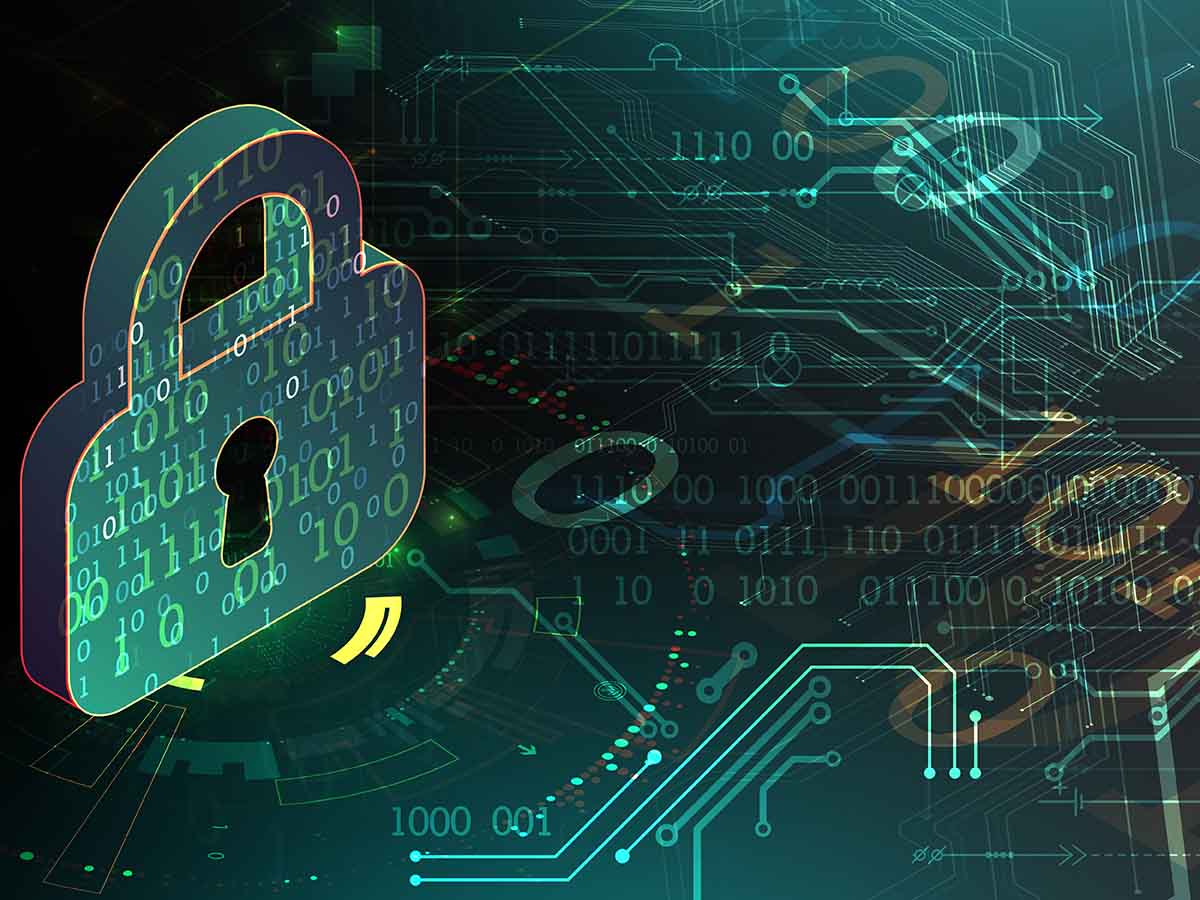Sure, Digital Rights Management (DRM) is a systematic approach to copyright protection for digital goods and services. It works by preventing unauthorized redistribution of digital media and limiting the ways consumers can copy content they’ve purchased. DRM products were developed to control access to software, music, movies, or other digital media content for the safeguarding of intellectual property rights.
Digital Rights Management Examples
1. E-books
One of the significant applications of Digital Rights Management (DRM) is visible in the E-books industry. As an example, take Amazon Kindle, one of the most popular e-book platforms globally. When you purchase an e-book from Amazon Kindle, it doesn’t merely hand over the digital file; it comes wrapped in a layer of DRM.
Stay One Step Ahead of Cyber Threats
This DRM ensures that the e-book can’t be copied from your device or shared with others freely. Furthermore, the e-book purchased can only be read using the Kindle app or on a Kindle device. So, even if you have the e-book file, you can’t open it using any other e-book reader software.
This method aids in protecting the rights of authors and publishers, ensuring they get their rightful earnings. Essentially, the DRM regulates and restricts how the e-book is used once purchased, helping to protect copyright and prevent piracy.
2. Streaming Services
Streaming services are another significant example where the use of Digital Rights Management (DRM) is evident. Notably, platforms like Netflix, Spotify, or Hulu apply DRM to their media content. This technology restricts playback, copying, and sharing of their content, preventing unauthorized use.
For instance, suppose you’re a Netflix subscriber. In that case, you can only view shows and movies within the platform’s application or web player. Attempts to download, record or share the content in unauthorized manners are blocked. This design ensures that each user respects the licensing agreement they consent to when they sign up.
As a result, DRM allows these companies to provide a substantial range of media content to consumers while ensuring that the rights of content creators, like movie studios and music labels, are not infringed.
3. Video Games
Digital Rights Management (DRM) is frequently utilized in the world of video games. Console makers such as Sony and Microsoft apply DRM measures to ensure that only authorized users can play their games. A gamer might be required to enter a unique code or sign in to their online account to authenticate before gaining access to the game.
A well-known instance of this would be the use of DRM in the popular digital gaming platform, Steam. When a game is purchased on Steam, the user doesn’t just receive a downloadable file. The game is tied to their Steam account, and can only be accessed when logged in. This prevents the game from being freely copied and shared.
This use of DRM technology helps protect the intellectual property rights of game developers and publishers. It maintains the revenue generated by the gaming industry, preventing piracy and illegal distribution of the content.
Conclusion
Digital Rights Management (DRM) serves as a critical tool in safeguarding digital content within various industries such as e-books, streaming services, and video games. Through the implementation of DRM, the protection of intellectual property rights is ensured, respecting the rights of content creators and preventing widespread content piracy.
Key Takeaways
- Digital Rights Management (DRM) is a measure taken to prevent inappropriate copying and redistribution of digital media.
- DRM is often used in industries like e-books, video games, and streaming services to protect copyright and prevent piracy.
- Services like Amazon Kindle, Netflix, and video game platforms like Steam use DRM to restrict the sharing of purchased content.
- The application of DRM helps ensure the rights of authors, artists, and software developers are respected.
- Though DRM can restrict the usage of digital content, it helps maintain the revenue generated by the digital product industry.
Related Questions
1. How does DRM influence the consumer’s user experience?
DRM can limit the ways a consumer uses their purchased digital content. For example, a DRM-protected e-book might only be readable in a certain application, and a DRM-protected music file might not be burnable onto a CD. However, it’s crucial for respecting copyright laws and the rights of content creators.
2. Can DRM be removed from digital content?
While it is technically possible in certain scenarios to remove DRM, it’s typically illegal and goes against the terms of service of the digital content provider.
3. Do all digital content providers use DRM?
No, not all content providers use DRM. Some content providers aim for a more consumer-friendly approach, allowing more freedom with purchased media. Various music platforms, for example, now offer DRM-free track downloads.
4. How does DRM impact digital piracy?
DRM is designed to significantly reduce digital piracy by prohibiting unauthorized copying and distribution of copyrighted content. However, it’s not completely foolproof and can occasionally be circumvented by determined pirates.
5. Is DRM beneficial for all parties involved?
DRM offers clear benefits for content creators and publishers as it helps protect their copyright and generate revenue. On the other hand, consumers may not always appreciate DRM, especially when it limits the usage of the content they’ve purchased.
"Amateurs hack systems, professionals hack people."
-- Bruce Schneier, a renown computer security professional






